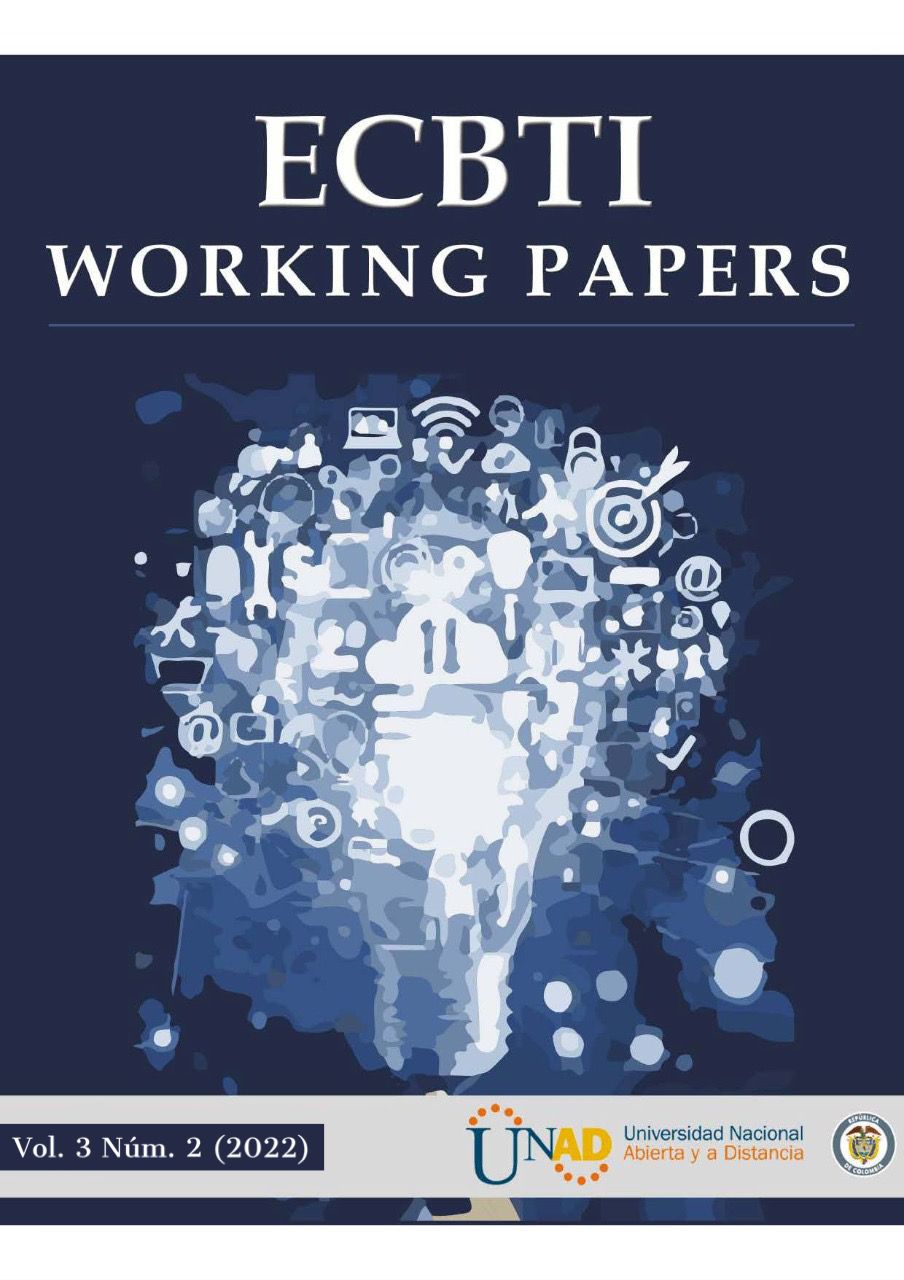Business Model For Structuring Requests For Procedures In The Government Sector Supported By Business Architecture
The entities of the government sector, in a large percentage, have within their organization customer service processes in which the need to be attended to in person is defined, causing them to become complex processes for the customer where they are affected. by having to make long lines and wait for an extended period of time to be attended.
Taking into account the above, it is sought to implement a service to carry out the procedures virtually, meeting the needs of the entities to guarantee that there are no fraud or inconsistencies in terms of the validation of the identity of the clients from the service offered, their Instead, it seeks to be able to advance the procedures efficiently, with an advantage for clients in that they will be able to follow up on these requests in real time.
With this service, it is expected that entities by digitizing their paperwork processes will increase requests, decrease requests for paperwork in offices and that customers can make requests at any time.





